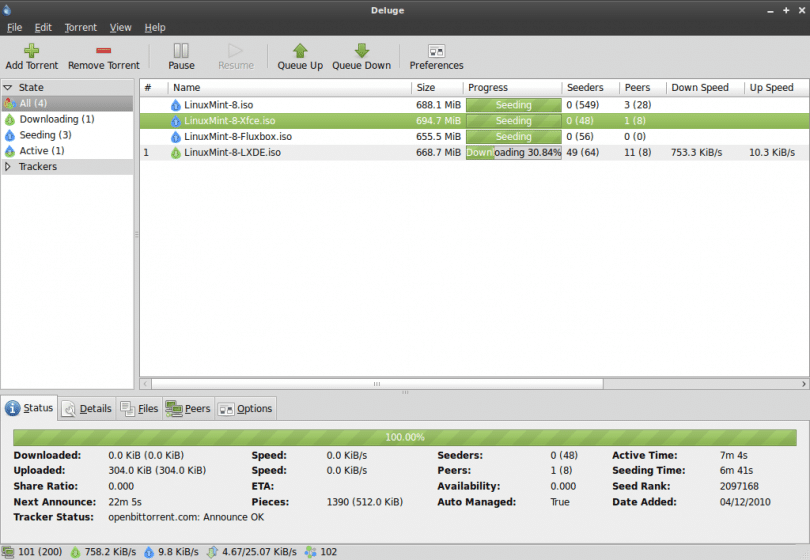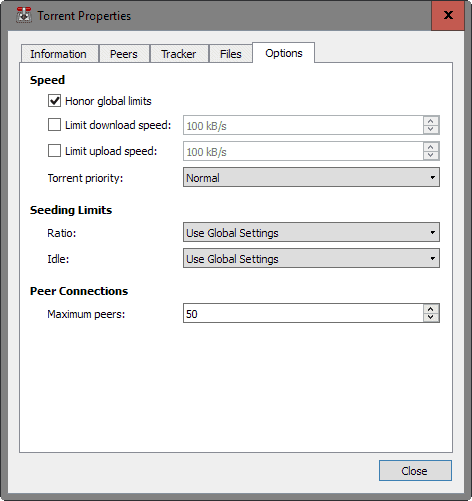

Note: The above assumes one HD is connected to the router and that it has a partition layout with a filesystem on the first partition. Once the program has been up for about 10 seconds, it should be ready to be quitted out of by hitting “Ctrl+C”.Ĭreate the directories that will hold the torrent pointers, parts, configurations and downloads. We will run it in the foreground (the “-f” flag) so its easier to see when its stabilized and quit once it has. With Transmission now installed, run the daemon once so that it creates the default settings file template for us. Opkg update opkg install transmission-daemon

We will install the daemon package by issuing from a terminal:

It is strongly recommended that you connect a HardDrive(HD) to the router, and for the instructions below, it is assumed that you have.It is assumed that you haven’t reached this article at random and that you have already followed the procedures described in “ How To Install Additional Software On Your Home Router (DD-WRT)“, fulfilling that guide’s prerequisites in the process.In this guide, we will: Install Transmission on the router, have it load automatically on the routers boot and make it remotely controlled on your local network by a windows machine and a web-interface. As part of its versatility, it can be remotely controlled by a number of programs, including at least two Windows ones and a web-interface. While Transmission isn’t the only BiTorrent client that can be installed from the OpenWRT OPKG repository, due to the fact that it is the De facto standard for all the major Linux distributions (like Ubuntu and Mint for example), it is stable, actively maintained and very versatile.


 0 kommentar(er)
0 kommentar(er)
